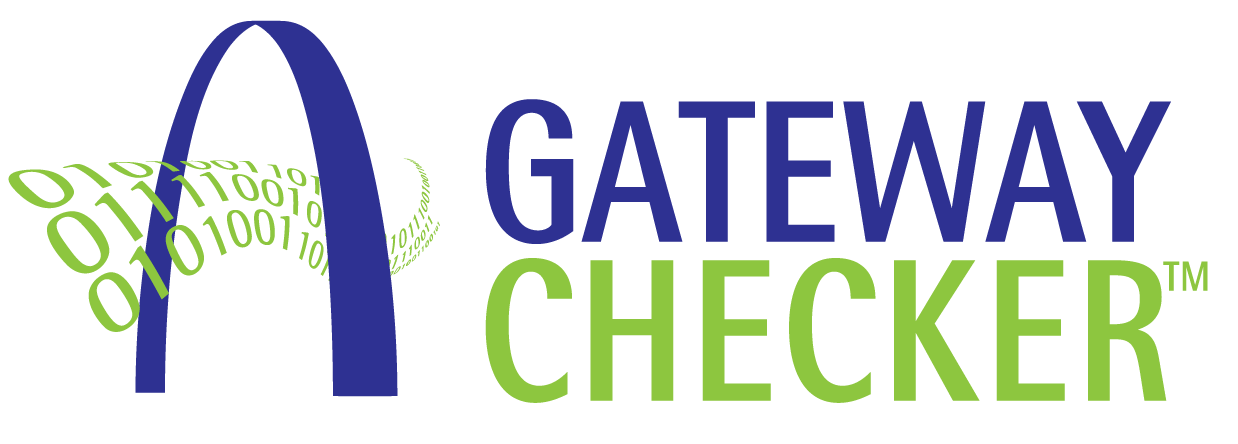As the community prepares for the GS1 Connect 2021: Digital Edition conference next week, the FDA issued new guidance to further enhance the security of prescription drugs in the supply chain. This guidance is intended to assist trading partners in complying with the law and achieving a safer, more secure, and more trusted drug supply chain.
The Drug Supply Chain Security Act (DSCSA), enacted by Congress on November 27, 2013, outlines steps to build an electronic, interoperable system to identify and trace U.S. prescription drugs. The regulation has a ten-year horizon with requirements and applicable standards unfolding in several phases.
As the industry struggles to meet specific milestones, FDA periodically delays regulatory enforcement. Six months ago, FDA surprised many by delaying enforcement of salable returns verification by an additional three years, until November 27, 2023.
New guidance on enhanced drug distribution security establishes an integrated view of drug traceability requirements, commonly referred to as the “enhanced system.” In this guidance, FDA makes clear that salable return verification should be considered an integrated capability of enhanced verification, as opposed to developing separate processes and systems dedicated just to salable returns verification.
For the first time, the FDA clarifies the enhanced system requirements and provides recommendations on system attributes necessary for enabling secure tracing of product at the item level. The FDA establishes a blueprint for a comprehensive approach to drug traceability and sharpens the focus on specific aspects (e.g. aggregation, inference, physical security, data and system security, errors and other discrepancies) deemed important to implementing a robust enhanced system envisioned under DSCSA.
November 2023 seems far away; do I need to worry?
Traceability requires that an extensive amount of item-level information be captured and exchanged at each ownership change. Successfully establishing traceability therefore requires each trading partner within the drug supply network to connect and exchange drug product information.
Most wholesalers are looking for the majority of their customers to be onboarded in the first half of 2023. Realistically, most industry trading partners have 18 months from today to get connected and share item-level transaction record information, consistent with DSCSA data content requirements and GS1 application standards.
Expect the onboarding process to be delayed the longer one waits to engage with trading partners. According to industry surveys, only 10-20% of the manufacturers are currently connected to their trading partners, which means sharing scarce resources with hundreds of companies and thousands of products. Recognize that few onboardings succeed initially, many require multiple iterations, so plan accordingly. What seemed to be off into the future, is now around the corner.
Since the FDA expects the product tracing information to be true, accurate, and complete, consider Gateway Checker’s conformance certification and establishing an automated approach to drug traceability integrity.
To learn more about how Gateway Checker is testing and certifying traceability conformance, join our virtual presentation An Automated Approach to Drug Traceability Readiness at GS1 Connect 2021: Digital Edition, taking place June 8-10, 2021. You will lean about an automated solution that can achieve accurate, rapid, robust and reliable connectivity with minimal errors, conformance to accepted standards, and identify gaps in preparedness.
We look forward to assisting the pharmaceutical industry on its path to traceability and we hope you will journey with us! If you like what you read, please share our newsletter and invite others to subscribe.
Click on the links below for additional information:
- Enhanced Drug Distribution Security as defined by DSCSA
- How to Ensure Conformance to EPCIS Standards in Drug Traceability
- How to become DSCSA Conformance Certified
- FDA provides new guidance to further enhance the security of prescription drugs
Gary Lerner,
President and Founder
Gateway Checker

